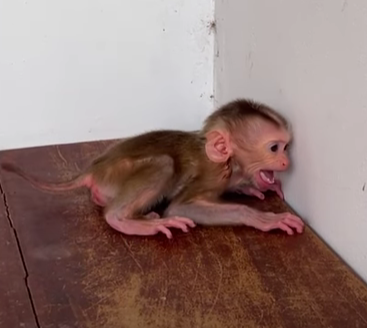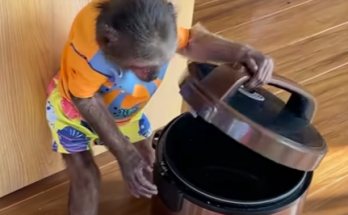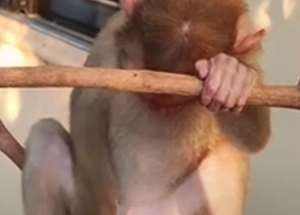**Original Title:** Luna Tan-Trum On Table Angry Mom & Dad Not Near Her
**New Title:** Luna’s Tantrum: A Child’s Frustration When Mom and Dad Are Not Nearby
—Luna was a lively and curious young girl, full of energy and wonder. One afternoon, she found herself in a situation that she couldn’t quite handle. She was sitting at the dining table, eagerly waiting for her favorite snack, but something was amiss. Her parents, who usually sat beside her, were momentarily occupied elsewhere. Perhaps they were talking in the kitchen or helping her younger sibling. To Luna, it felt like an eternity.
As the minutes ticked by, her frustration grew. Luna’s face scrunched up in a pout, and her tiny fists pounded softly on the table. Her eyes welled with tears, and her cheeks flushed with anger. She was overwhelmed by the feeling of abandonment and the inability to express exactly what she wanted. Her little tantrum was a mix of disappointment, confusion, and the instinctive need for comfort that every child experiences when feeling insecure or upset.
Luna’s tantrum was a loud, expressive outburst. She kicked her legs beneath the table and let out a small, frustrated cry. Her tiny voice echoed her feelings: “Mama! Dada! Why aren’t you here? I want you!” Despite her words, she understood on some level that her parents weren’t ignoring her on purpose. But at that moment, her emotions took over her rational thinking.
Her parents, hearing her cries, hurried over, their expressions filled with concern and love. They gently sat beside her and tried to soothe her, explaining that they were just busy but would be with her very soon. They lifted her onto their laps, hugging her tightly and whispering comforting words. Slowly, Luna’s tears subsided, and her breathing grew steadier. Her tantrum was a natural part of her growing process—an emotional release that helped her cope with her feelings.
This moment is a common scene in many households, especially with young children still learning how to manage their emotions. It’s a reminder that children often express their frustrations through tantrums, especially when they feel vulnerable or left out. Parents’ patience and understanding play a crucial role in helping children navigate these emotional episodes. Over time, children learn to communicate their feelings more effectively, but tantrums remain a normal part of childhood development.
Luna’s tantrum was a reminder that even the most adorable children have their moments of frustration. Her outburst was not just about the snack or the absence of her parents; it was also about her desire for connection, reassurance, and understanding. With love, patience, and guidance, Luna learned that her feelings are valid, and her parents are always there to support her through her emotional ups and downs.
—
If you’d like a different style or focus for the content, please let me know!



